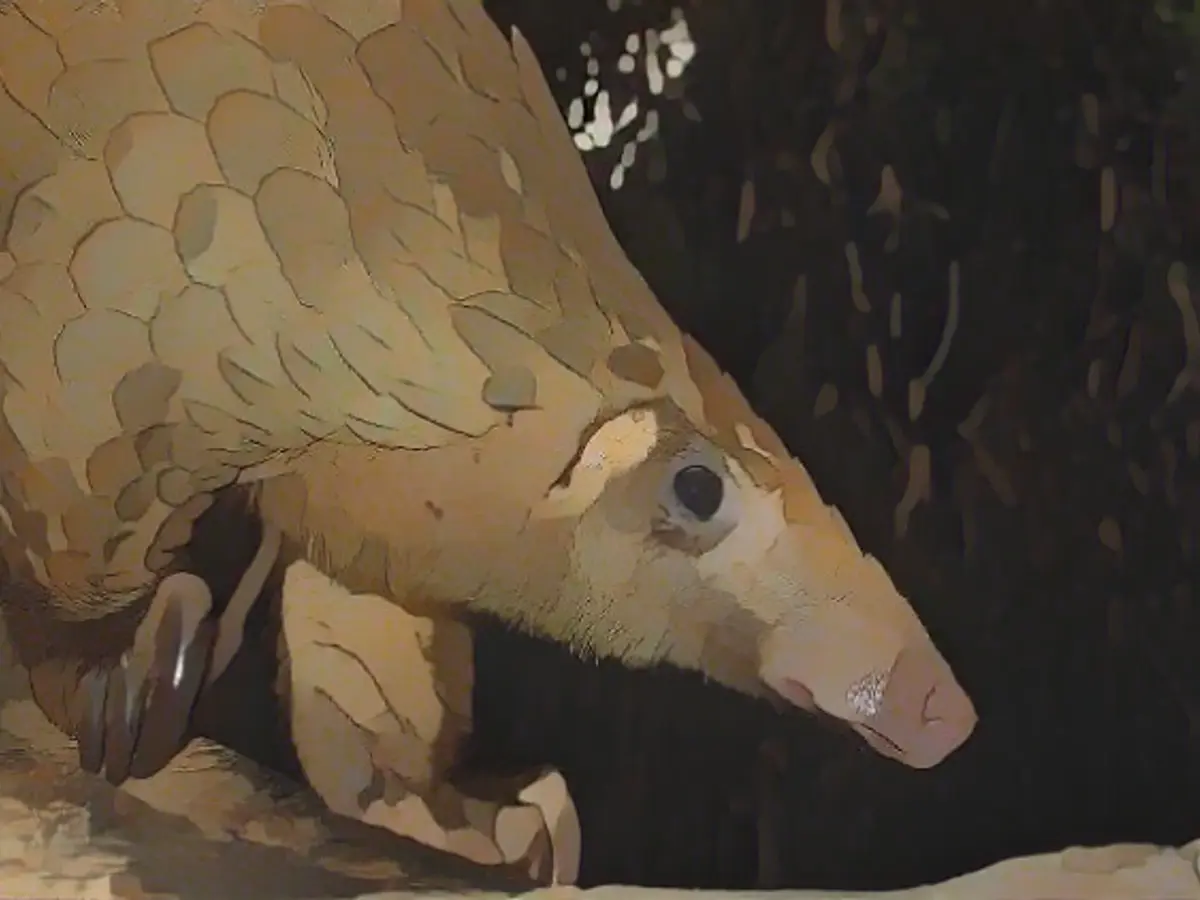Unraveling Pangolin Trafficking's Hidden Paths
Pangolins and the Poaching Crisis
Earning the title of "the most poached mammal on Earth", the white-bellied pangolin (Phataginus tricuspis) faces a grim fate, predominantly in West and Central Africa. The demand for these fascinating creatures, driven by misconceptions about their medicinal properties, fuels a global illegal trade—a threat the newly developed genetic analysis aims to combat.
DNA Sleuthing in the Wild
After investigating 111 wild pangolin populations and 643 seized scales in Hong Kong, scientists discovered a chilling pattern. Origins traced back mainly to two regions in Africa: Western Cameroon and the southern border of Cameroon with Equatorial Guinea, with poaching shifting from West to Central Africa.
Researchers, including Jen Tinsman from the University of California, published their findings in the journal "Science." The technology holds promising potential to monitor pangolin poaching in real-time and guide targeted anti-poaching measures.
From Africa to Asia: The Smuggling Trail
Hong Kong serves as a transit point for pangolins, with the majority en route to southeastern provinces in China, particularly Guangdong and Guangxi. Nigeria's strategic position as an essential transshipment point starkly highlights the gravity of the problem.
Genetic analysis proves a valuable tool in revealing intricate smuggling networks. Incorporating data from law enforcement agencies and refining investigations can help dismantle poaching syndicates.
Addressing the Demand—False Beliefs and Medicinal Claims
Oblivious to scientific evidence, humans often attribute healing properties to pangolin scales, leading to an unsustainable demand. The solution is twofold: advocating for education on animal welfare and challenging the hypothetical medicinal benefits of pangolin scales.
The Future of Protection: Continuous Monitoring and Collaboration
By making this technological breakthrough publicly available, scientists hope it will reach law enforcement agencies globally. Rapid DNA testing could transform near real-time monitoring, enabling prioritized anti-poaching efforts in high-risk areas.
As restrictions in Asia lift, an increase in the pangolin trade is looming. Collaboration across borders, enhanced protection measures, and ongoing education are critical to safeguarding the white-bellied pangolin and other vulnerable species.
Notable Insights:
- Genetic Analysis Can Revolutionize Conservation: With DNA analysis capabilities, it becomes easier to track and monitor pangolin populations worldwide. DNA data can be used to disrupt trafficking networks, identify conservation priorities, and aid legal prosecutions.
- Regional Collaboration and Education: Effective protection measures necessitate international cooperation and education. By working together and challenging questionable beliefs, the decrease in demand for pangolins' body parts becomes more probable.
- Ongoing Research and Technology Development: Comprehensive wildlife forensic science incorporating DNA analysis, geospatial mapping, and other technologies, pave the way for advancements in investigating trafficking networks, wildlife welfare, and species protection.
Sources: Human-Given Insights:








